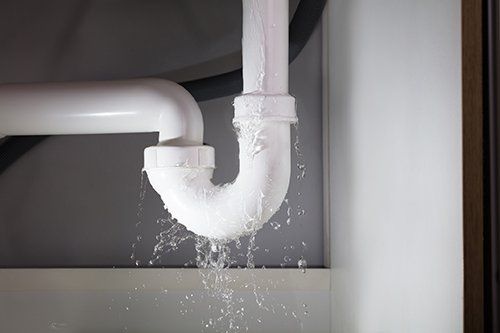Do you find yourself looking for suggestions about How to Find Water Leaks?

Leakages not just trigger waste of water but can also create unneeded damage to your residence and also promote unwanted natural development. By comprehending and also looking for daily situations that create leaks, you can safeguard your home from future leakages as well as unnecessary damages.
Elbowing in origins
Many water leakages start outside the home instead than inside it. You may notice damp patches or sinkholes in your lawn, and also that might suggest that tree roots are getting into water lines triggering water to permeate out.
Corroded water supply
This might be the reason of discoloration or warping on your water pipelines. If our plumbing system is old, take into consideration replacing the pipes because they are at a greater threat of deterioration than the newer designs.
Malfunctioning Pipeline Joints
Pipe joints can degrade over time, resulting in water leaks. If you have noisy pipelines that make ticking or banging sounds, specifically when the warm water is transformed on, your pipeline joints are most likely under a great deal of pressure.
Immediate temperature level adjustments.
Severe temperature level adjustments in our pipelines can trigger them to broaden and contract all of a sudden. This expansion as well as tightening might create splits in the pipelines, specifically if the temperature level are below freezing. If you kept an eye on exactly how your plumbing works, it would certainly be best. The existence of the previously mentioned conditions frequently indicates a high threat.
Poor Water Connectors
At times, a leak can be created by loose tubes and pipelines that supply your home appliances. In case of a water links leakage, you may see water running directly from the supply line or pools around your appliances.
Blocked Drains
Obstructed drains could be bothersome and also inconveniencing, but they can occasionally end up triggering an overflow bring about burst pipelines. Keep removing any type of materials that might drop your drains pipes that could block them to avoid such inconveniences.
All the above are root causes of leaks yet not all water leaks arise from plumbing leakages; some leakages might come from roof covering leakages. All leaks ought to be repaired quickly to stay clear of water damages.
Leakages not only trigger waste of water yet can also trigger unneeded damages to your residence and promote unwanted organic growth. By comprehending and looking for day-to-day scenarios that create leakages, you can protect your home from future leakages and also unnecessary damage. Today, we will certainly look at six leak causes that may be creating your pipes to drip.
At times, a leak can be caused by loose hose pipes as well as pipes that supply your home appliances. In situation of a water links leak, you may notice water running directly from the supply line or puddles around your home appliances.
How To Check For Water Leak In Your Home
How To Check for Leaks
The average household's leaks can account for nearly 10,000 gallons of water wasted every year and ten percent of homes have leaks that waste 90 gallons or more per day. Common types of leaks found in the home are worn toilet flappers, dripping faucets, and other leaking valves. These types of leaks are often easy to fix, requiring only a few tools and hardware that can pay for themselves in water savings. Fixing easily corrected household water leaks can save homeowners about 10 percent on their water bills.
To check for leaks in your home, you first need to determine whether you're wasting water and then identify the source of the leak. Here are some tips for finding leaks:
Take a look at your water usage during a colder month, such as January or February. If a family of four exceeds 12,000 gallons per month, there are serious leaks.
Check your water meter before and after a two-hour period when no water is being used. If the meter changes at all, you probably have a leak.
Identify toilet leaks by placing a drop of food coloring in the toilet tank. If any color shows up in the bowl after 10 minutes, you have a leak. (Be sure to flush immediately after the experiment to avoid staining the tank.)
Examine faucet gaskets and pipe fittings for any water on the outside of the pipe to check for surface leaks.
Undetected water leaks can happen without the home or business owner even realizing. If you suspect a water leak, but not able to find the source. It is time to contact a professional water leak detection service, The Leak Doctor.
How To Find a Water Leak In Your Home
https://www.leakdoctor.com/blog/How-To-Check-For-Water-Leak-In-Your-Home_AE197.html

We had been made aware of that write-up about How Fast Water Damage Can Ruin Your Home from a friend on a different web address. Feel free to take a moment to distribute this write-up if you appreciated it. We truly appreciate reading our article about How Fast Water Damage Can Ruin Your Home.
Drain blockage? Seek our expertise.
Comments on “Your Residential Primary Typical Leak Factors: Examination”